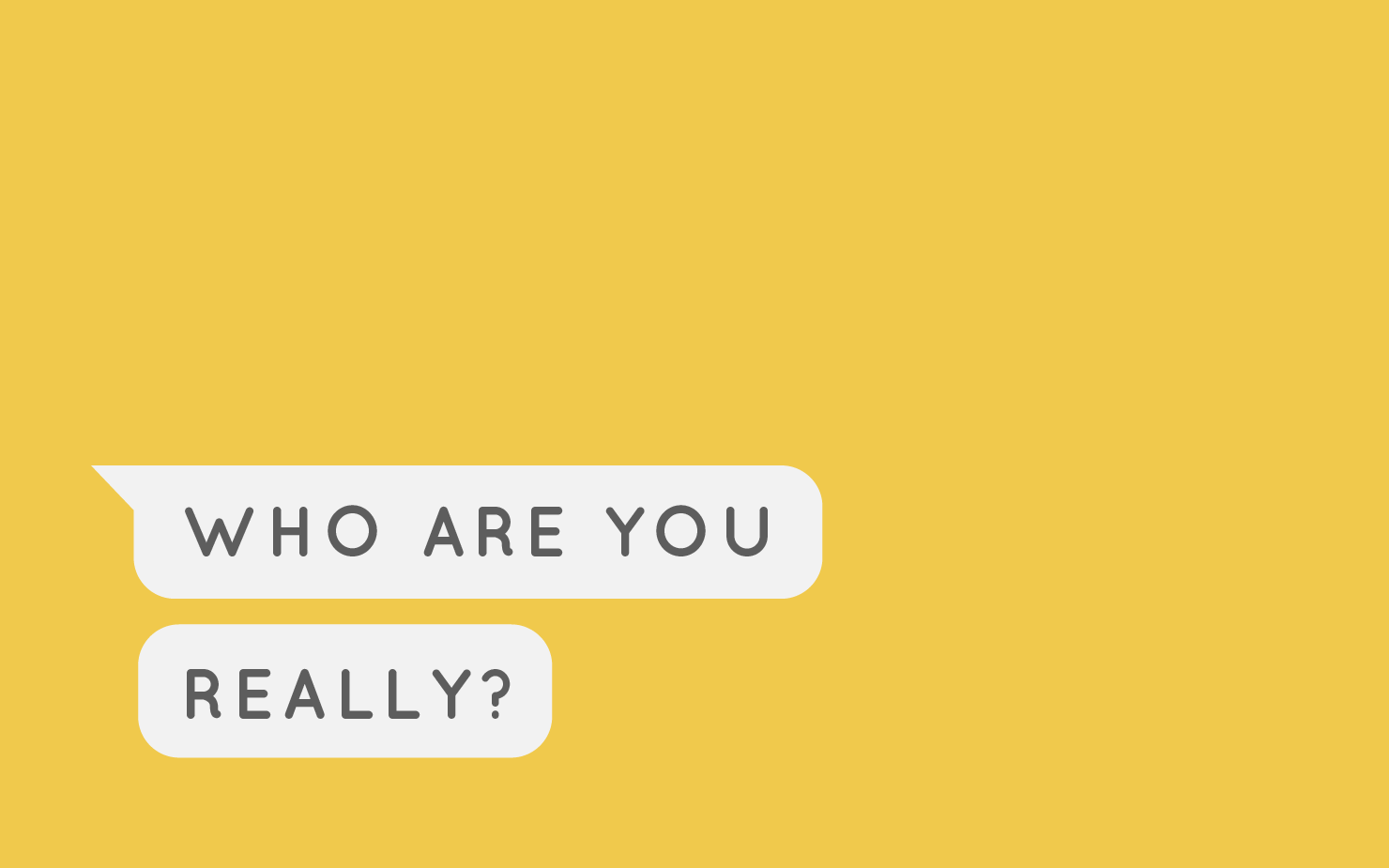
Who am I, really?
My Usual Behaviour is what I expect of myself; my Needs are what I expect of others; my Stress Behaviour is how I react when my Needs aren’t met.
That apparently simple sentence is our anchor as we think about who we really are.
The deceptively simple insight that Dr Roger Birkman had more than sixty years ago is that who I think I am is a less accurate guide to “the real me” than who I think others are.
The position of your Circle on the Grid is an indicator of your Needs. Your Needs are what you expect of others, but more fundamentally they are telling you how you see the world.
If you have Blue Needs, this tells us that you expect people to be diplomatic in the way they communicate, you expect them to be focused on the people involved in any given situation, and you expect there to be plenty of time given to careful thought, reflection and planning.
Whether or not you yourself would live up to those expectations, they are what you expect from the people around you - because you fundamentally perceive that that is how the world ought to function.
The reason we say that your Need score is who you really are, is that - regardless of context - your underlying Needs will not change. You may change your behaviour, you may learn to manage yourself better, but the things you fundamentally Need from your environment, and from others when they communicate with you, will stay the same.
The tricky thing about Needs is that they are hidden.
In my previous post, ‘Who am I, Usually?’, I talked about how Usual is the way we expect ourselves to behave, but also how other people tend to see us.
Need may be who we really are, deep down, but it tends to be invisible, hidden beneath the veneer of our Usual Behaviour.
Before I move on, let me take a moment here just to be clear: I’m not saying our Usual Behaviour isn’t important or ‘real’ - it absolutely is! As mentioned previously it can be key to uncovering and embracing the unique value we each can bring to any team, group, role or vocation. Our Usual Behaviour can be developed into a strength when we understand it; it’s the behaviour we are most comfortable acting out, and this gives us a natural affinity to it - but it is a less fundamental part of who we are than our Need scores.
So we know our Needs are key to who we are. But if they are hidden, how do we know if they are being met? And what happens if they aren’t?
Take a look at the description for your Need on the hoozyu platform, and complete these sentences:
My Need colour is…
That means I am most comfortable when other people…
I mentioned previously that I have Green Needs, so - to give you an example - I might finish those sentences like this:
My Need colour is… Green
That means I am most comfortable when other people… are enthusiastic, assertive and respect authority
Your answer may not be exactly the same as mine, even if you do also have Green Needs. Just pick the part of your own Need description that rings most true for you, and don’t worry if there are any sections you don’t recognise so much.
Next, take a look at the description for your Stress Behaviour (it will be the same colour as your Need) and complete these sentences:
When those Needs aren’t met, my Stress response is likely to be…
Here’s an example of something that happened in my life that helps me recognise this:
Once you’ve completed that, take a look at the Need and Stress descriptions for the other colours.
-
How do they differ from you? Which colour’s Needs are most opposite to yours?
-
Do you recognise those Stress Behaviours in people you’ve met previously? What unmet Need may have triggered that behaviour in them?
Think about your Usual Behaviour:
-
Which colour’s Needs are likely to be met by your Usual Behaviour?
-
Which colour’s Needs are not likely to be met by your Usual Behaviour?
There is no end of insight you can get from the Grid, but the key question you have to be able to answer for yourself is “Who am I, really?”
The starting point is to acknowledge there is more to you than just how you see yourself. Look at how you finished those earlier sentences about your Need and Stress, and then complete these final sentences:
I have always seen myself as someone who is…
I now realise I am also a person who Needs…
I also now have a way of recognising when things aren’t going well for me: my Stress reaction is to…
Remember: other people can’t see your Needs or guess what they are; and even you, yourself, may be only dimly aware of them. But if you can learn to recognise situations that will and will not meet those hidden Needs, you can learn to manage your own reactions and Stress levels in difficult situations.
It’s not that your Needs change, but simply that by understanding why certain environments affect you in the way they do, you can overcome the feeling of having no control over your reactions, and take action to ensure your Needs are met.
